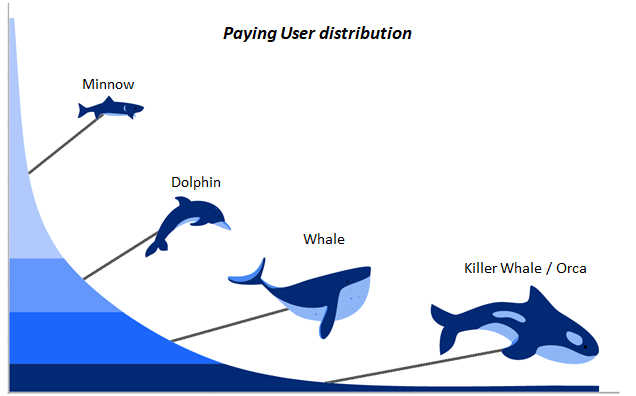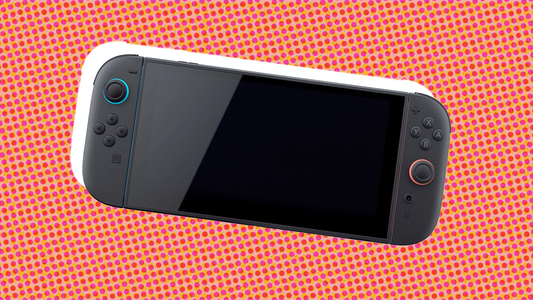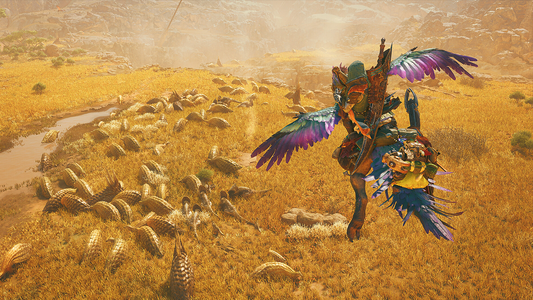Most of the revenue of mobile F2P games comes from selling hard currency IAP packs. The release of new content, liveops and other features may be the trigger of those purchases. But ultimately, players go and buy one of your main six IAP packs.
So its kind of paradoxical that designing and balancing them is a topic that gets little attention overall. This article aims to share a few key concepts, techniques and some ferengi tricks that I deal with when setting up or analyzing currency IAPs.

While both following the six-pack model, note how Asphalt 9 IAP packs have different pricings, order and tags, while COD Mobile puts extra space on a dolphin-oriented pack and shows the Battle Pass. These differences aim to adapt to the purchasing habits of their specific audiences, and generate upsells.
While both following the six-pack model, note how Asphalt 9 IAP packs have different pricings, order and tags, while COD Mobile puts extra space on a dolphin-oriented pack and shows the Battle Pass. These differences aim to adapt to the purchasing habits of their specific audiences, and generate upsells.
Disclaimer: It's all about learning faster
It's wrong to assume that the exact same IAP balancing and insights will work on any game, since the audience, their budgets and their purchasing habits might be completely different.

Even in the same genre (car racing), there can be different answers to which should be the lowest IAP price. The more arcade-ish racing games are aiming for the lowest pricepoints.
Even in the same genre (car racing), there can be different answers to which should be the lowest IAP price. The more arcade-ish racing games are aiming for the lowest pricepoints.
So when balancing IAPs (as well as any other element of the monetization), the key is not to have a set of secrets of the trade, but to have a methodology that allows you to build up new game specific knowledge fast.
During my career I've been involved with the economy for +10 free-to-play mobile titles, some targetting widely different genres and audiences. And whenever I entered in a new project, I would apply the following 3 steps to build knowledge:
1/ When in doubt, copy. Replicating your competitors will greatly limit your risk of making mistakes, at the cost of discarding the chance for radical improvement.
This may sound bad, but it's a great early trade-off when dealing with something that you're not familiar with. And specially when it comes to currency packs, where players are unlikely to value innovation...

IAP screens on several top grossing match3 games, all following the same UX design. The PRICES are all different, though. Focus innovation on the areas that add actual value for the user.
IAP screens on several top grossing match3 games, all following the same UX design. The PRICES are all different, though. Focus innovation on the areas that add actual value for the user.
2/ Benchmark and understand the decisions. Looking at the decisions that your competitors took and their history, if available, will help you understanding the key factors of the sector.
I also endorse talking to the fans directly and getting to know them. Their feedback is a necessary requirement to complement and fully understand any data.3/ Always iterate and test things as fast as you can. Start ASAP to test stuff, aiming to solve problems or tackle opportunities. Or maybe challenge some of the assumptions to confirm that they're still true -- the rules may have changed!
There are methods to perform these expertiments without taking risks. Presenting new user cohorts with different balancings or using ABtest will limit any negative effects and make the analysis more reliable by allowing control groups.
The challenge is to choose which tests to prioritize, since each test may take some time to gather enough population to be conclusive, specially if it targets new game users. Sometimes it's easier to set on the change for a couple of weeks and see what happens...
During the article I'll talk about several concepts and general rules I've found based on my experience. And to be concise I won't be saying "at least that's what I think" all the time. But nothing is sacred. Let me know in the comments section if you think different : )
THE PSYCHOLOGY OF IN-APP PURCHASES
Same as with any other purchase, an IAP happens when the customer wants what is offered, and has the money to buy it. The specific characteristics of the customer will determine where the two bubbles below intersect, or if they do at all:

Who pays on a free game? The most engaged players
The Black Lotus is the most expensive card in Magic: The Gathering. It's has reached a price of +$150,000 on eBay. But my dad would never pay that much for it. He woudn't even pay $1. It's just a worthless piece of paper for him. He doesn't even like MTG.
This goes to show how extreme the distortion of the value of the same thing can be between two different people.
And when it comes to mobile games, it's even worse: Because at least a Magic card is physical. You can keep it on a showcase and even trade it for real cash. But buying an item that exists only inside a videogame? That sounds like the ultimate waste of money.
This goes to show why humans are generally highly biased against virtual items.
So this means that the people that buy on a F2P game are the ones that love the game the most. They love it so much that they overcome this natural bias and they believe that a virtual item is worth real money. Even if it's only cosmetic change.

The segmentation between Time-Rich versus Money-Rich players is a hoax. While engaged users may pay for time skips, the fact is that the paying users are the ones that play the most (more time spent ingame).
The segmentation between Time-Rich versus Money-Rich players is a hoax. While engaged users may pay for time skips, the fact is that the paying users are the ones that play the most (more time spent ingame).
Since paying users are those are the most interested about the game, it also means that they will be proficient at identifying good and bad deals (specially if they've been playing for a while). So paying users will choose the course of action that grants them the most value for their money, rather than making irrational impulsive purchases.
Behavioral economists have explained for a long time that the bigger the spending, the more we're likely to use our System 2 of decision making thought (slow, efforful, logical, calculating, conscious...). Which means that your big spenders are even more unlikely to act by impulses.

An example of non-impulse behavior: If your game runs monetization liveops or aggressive discounts in a predictable pattern, players will tend to cut down their spending temporarily, and wait to get a better deal.
An example of non-impulse behavior: If your game runs monetization liveops or aggressive discounts in a predictable pattern, players will tend to cut down their spending temporarily, and wait to get a better deal.
Factors related to marketing and UX do boost slightly the purchases, but they're secondary factors (i.e: anchor prices, decoys, adding a time limit on the purchase to foster the fear of loss, using red colors and several other stuff we'll talk later...). It's important to keep them in mind, but they are just a small push, not the main game changer.
Supercell was famous for a while because their games had very few of these monetization UX features, and no discounts at all; and still they made billions. Clash of Clans players spent because they were extremely engaged, not because the UX tricked them into it.
How much money they spend? Depends a lot on the genre/audience.
At the industry we tend to classify paying users based on the amount spent, but there's a bit more to that. I estimate a 99% chance that you've seen a graph like the one below, and usually each name is followed by a number, representing how much the player has spent (Minnow = 1$, Dolphin = ~10$, etc...).

If you're perceptive enough, you may have noticed that the more these charts move away from the minnows, the more they disagree between each other on the exact amounts that represent meaningul player segmentations: On some charts a dolphin is 10$, in others maybe 20$; and the minimum spent to be called a whale may range from 200$ to 1000$...



































